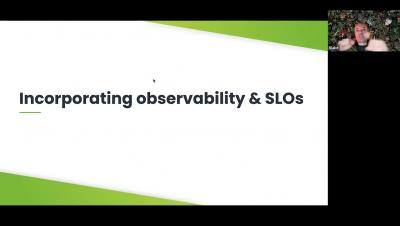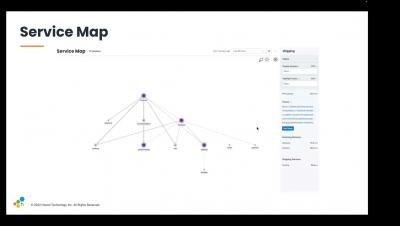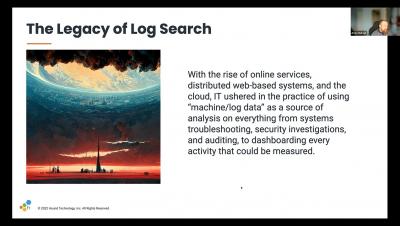Operations | Monitoring | ITSM | DevOps | Cloud
Honeycomb
Intercom: Building a More Resilient Ecosystem Through Observability
See How Coveo Engineers Reduced User Latency
Join Jeli and Honeycomb for an Incident Response and Analysis Discussion
Learn How SumUp Implemented SLOs to Mitigate User Outages and Reduce Customer Churn
Learn to Leverage Service Maps with Honeycomb
Surface and Confirm Buggy Patterns in Your Logs Without Slow Search
Honeycomb and OTel Demo
Ask Miss O11y: Is There a Beginner's Guide On How to Add Observability to Your Applications?
I want to make my microservices more observable. Currently, I only have logs. I’ll add metrics soon, but I’m not really sure if there is a set path you follow. Is there a beginner's guide to observability of some sort, or best practice, like you have to have x kinds of metrics? I just want to know what all possibilities are out there. I am very new to this space.
How Do We Cultivate the End User Community Within Cloud-Native Projects?
The open source community talks a lot about the problem of aligning incentives. If you’re not familiar with the discourse, most of this conversation so far has centered around the most classic model of open source: the solo unpaid developer who maintains a tiny but essential library that’s holding up half the internet. For example, Denis Pushkarev, the solo maintainer of popular JavaScript library core-js, announced that he can’t continue if not better compensated.











